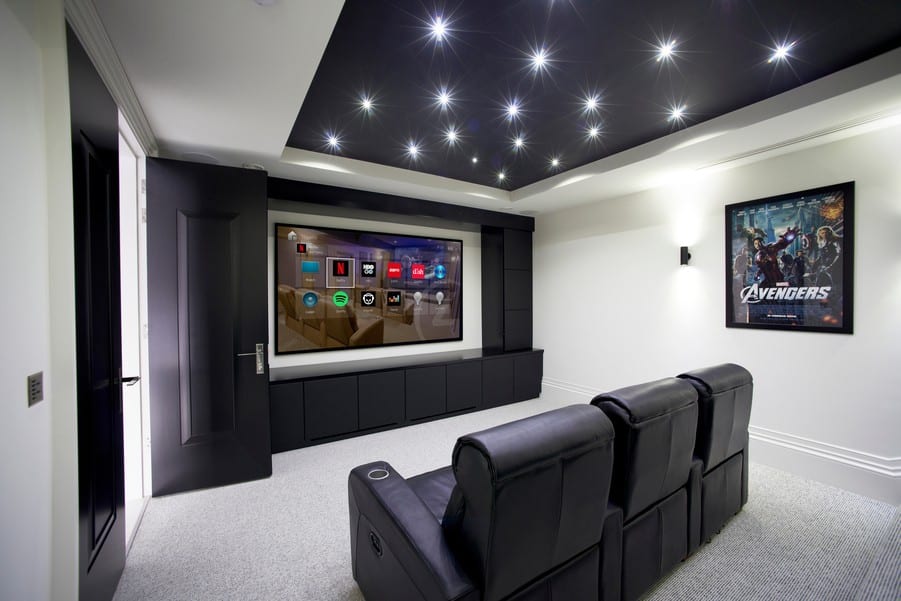
Smart Home Setup Mistakes You Need to Avoid for a Seamless Experience
A smart home should simplify life, not complicate it. But too often, poor planning and installation mistakes lead to frustration, wasted money, and underperforming devices. From network issues to security risks, we will explore the most common errors homeowners make—and how to set up a seamless smart home experience.
Rushing the Setup Without a Plan
Enthusiasm for new gadgets can lead to hasty installations. Without a strategy, you might end up with incompatible devices, unreliable performance, or a home full of technology that doesn’t quite work together. Instead of buying the latest smart devices on impulse, consider how they’ll fit into your overall ecosystem.
A Smarter Approach:
Think about your needs first—whether it’s security, energy efficiency, or convenience. Research how different products interact, ensuring they’re part of a unified system. A little planning goes a long way in creating a well-connected home.
Underestimating Wi-Fi Needs
The backbone of any smart home is its Wi-Fi connection. A weak or overloaded network can cause delays, disconnections, and devices failing to function properly. Walls, furniture, and even microwaves can interfere with signal strength, leading to frustrating connectivity issues.
Optimizing Connectivity:
A mesh Wi-Fi system can eliminate dead zones, and upgrading your router ensures it can handle multiple devices. Positioning the router centrally and adding range extenders in weak spots will prevent smart devices from dropping offline when you need them most.
Mixing Too Many Incompatible Brands
Not all smart devices play nicely together. Some require separate apps or hubs, creating a confusing and disjointed experience. A patchwork of brands can lead to communication failures between devices, preventing them from functioning as a cohesive system.
Simplifying Your Smart Home:
Stick to a primary ecosystem like Google Home, Amazon Alexa, or Apple HomeKit. If you must mix brands, choose a hub that integrates them seamlessly. Checking compatibility before purchasing will save you headaches down the road.
Overlooking Cybersecurity Risks
Smart homes aren’t just convenient—they’re also vulnerable to hackers if not properly secured. Many homeowners forget to update default passwords, leaving their devices exposed to cyber threats.
Protecting Your Privacy:
Use strong, unique passwords for every device, enable two-factor authentication, and regularly update firmware. Setting up a dedicated Wi-Fi network for smart devices can add an extra layer of security.
Placing Sensors and Cameras Ineffectively
Installing motion sensors and security cameras in the wrong locations can render them useless. Cameras blocked by walls or motion sensors facing direct sunlight may result in blind spots or false alarms.
Strategic Placement Matters:
Position security cameras to cover entry points and high-traffic areas without obstructions. Keep smart thermostats away from drafts and sunlight for accurate temperature readings. A little forethought ensures these devices work as intended.
Forgetting Power and Battery Backups
Some smart devices rely on batteries, while others need a constant power source. Failing to account for power needs can result in outages or unreliable performance.
Keeping Devices Powered Up:
Check power requirements before installation. Hardwired options are more reliable, while battery backups can keep essential devices like security systems running during outages. Avoid overloading power outlets and ensure your home’s wiring can support additional devices.
Not Customizing Automation Settings
Many smart home devices come with default settings that limit their full potential. Leaving them as-is means missing out on the convenience and efficiency they offer.
Personalizing Your Experience:
Take advantage of automation features—set lights to adjust based on time of day, customize motion zones for security cameras, and use voice assistants for hands-free control. Tweaking these settings enhances the functionality of your smart home.
Let’s Build the Future of Your Washington DC Area Home Together
A well-installed smart home should enhance your lifestyle, not cause frustration. By planning ahead, optimizing connectivity, securing your devices, and fine-tuning automation, you can enjoy a fully integrated, efficient, and secure smart home experience.
If you’re unsure about installation, call One Source Systems at 888-503-1768 and our local installation professionals in and around Washington DC can help ensure everything works smoothly from the start. Contact us online with any questions.
